
Planning and Autonomy Lab at Carnegie Mellon University
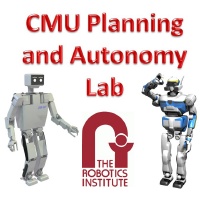 |
CMU Planning and Autonomy Lab As part of the CMU Robotics Institute, research at the Planning and Autonomy Lab focuses on motion planning, perception, and control for autonomous humanoid robots, quadrupeds, mobile manipulators and UAVs. Our core research involves developing efficient new techniques for navigation planning, footstep planning, autonomous grasping and manipulation planning, trajectory planning with dynamic constraints, and integrated perception and planning. |
Humanoid Interaction at the Digital Human Research Center

|
Humanoid Interaction Team The Digital Human Research Center is part of the National Institute of Advanced Industrial Science and Technology (AIST) which is an innovation hub for science research in Japan. The Humanoid Interaction Team is responsible for developing practical humanoid robotic platforms and software technology. |
Ongoing Research Projects
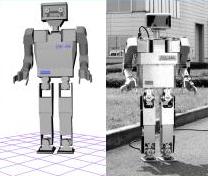 |
Graphical Simulation of Robotic Systems The goal of this research is to create graphical simulation software for complex robots such as humanoids. Simulated control, 3D perception, motion planning for obstacle avoidance, and algorithms for integrating vision and planning can then be developed and tested safely and at low cost. |
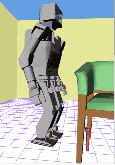 |
Motion Planning for Humanoids I am interested in developing algorithms to automatically generate motion for tasks such as navigation and footstep planning, object grasping and manipulation, as well as tasks that require full-body dynamically-stable motion planning.
|
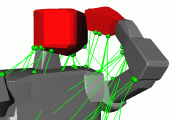 |
Self-Collision Detection
for Complex Articulated Structures This research aims at developing algorithms for detecting and preventing self-collisions, which occur when one or more of the links of an articulated robot or character model collides with another link. |
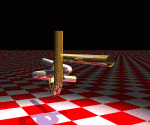 |
Classical Path Planning The goal of this research is to develop practical and efficient algorithms for solving path planning problems in high dimensions. Applications include robotics, assembly analysis, virtual prototyping, pharmaceutical drug design, manufacturing, and computer animation. |
 |
Autonomous Animated Characters In this research, we explore techniques for creating animated characters whose motion is generated automatically from high-level task commands. Applications include virtual reality, video games, web avatars, desktop movie studios, and other real-time virtual human simulations. |
Previous Research Projects
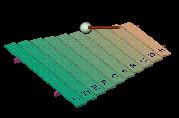 |
Haptic (Force-Feedback) Virtual
Xylophone This project explores the applications and design of a graphical
virtual instrument that uses haptic force-feedback Phantom device as part of the
user interface. |
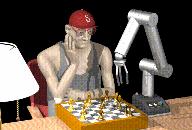 |
Automatic Animation of Human Arm Motions. This research project comprises an initial attempt to develop methods for automatically calculating arm motions for animated human characters given a high-level description of a task and geometric models of the character and environment. |
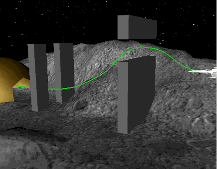 |
Motion Planning with Dynamic Constraints The goal of this research is to solve motion planning problems involving systems with constraints on the velocities induced by the system dynamics (such as hovercrafts, satellites, and space robots).
|
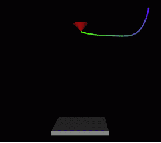 |
Multibody Dynamics Package (Physically based Simulation). In this work, I collaborated with Brian Mirtich to develop an efficient library implementation of Featherstone's algorithm for computing linear-time dynamics of tree-like structures of rigid bodies.
|
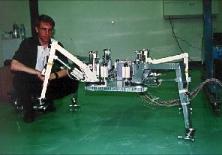 |
Quadraped Walking Robot
(Titan VII) This project involved designing, building, and writing
software to control a quadraped walking robot suitable for construction tasks.
The robot was developed by researchers at the Tokyo Institute of Technology whom
I had a chance to work with in Japan. |
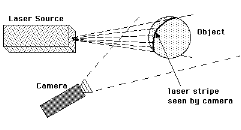 |
Robot-Assisted
3D Model Acquisition with a Laser-Rangefinder I worked on this project as part of a graphics class. At the time, laser-rangefinders were just emerging as new technology for model acquisition. |
 |
Copper K-Shell Ionization Experiment at SLAC. As an undergraduate, I worked at the Stanford Linear Accelerator Center (SLAC) as part of a high-energy atomic physics research project. |